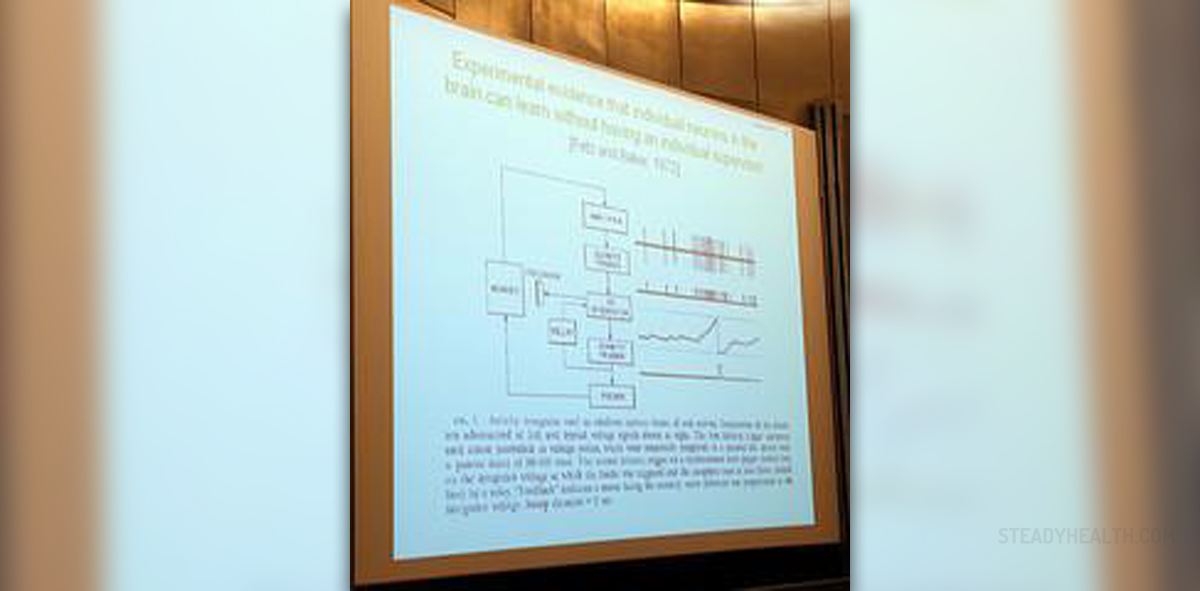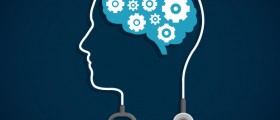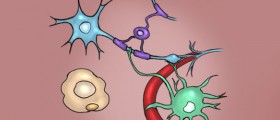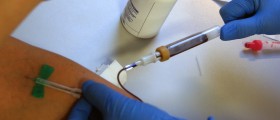
Sometimes, usually in order to treat specific health conditions related to the brain activities in our body, we use neurofeedback. This type of therapy focuses on monitoring real-time activities of our brain in order to display information about our overall nervous system.
Thus, if you ever wondered what neurofeedback actually is, read through the following lines in order to learn more about this form of therapy.
Definition
Basically, neurofeedback is a type of biofeedback. Here, electroencephalography is used so that a signal can be used in order to display brain activity of a certain individual. In order for this to be possible, various pieces of electronic and other equipment need to be used.
Neurofeedback provides information which is delivered every single second, regarding the psychological functioning of an individual. However, apart from classic biofeedback, neurofeedback focuses solely on the activity of the brain and the central nervous system.
During neurofeedback training, you need to possess knowledge from the areas of basic and applied neuroscience, along with behavioral, cognitive and subjective aspects of the human brain activity.
Training Process
While the neurofeedback training process takes place, special sensors are attached to the scalp of the patient. These are connected to the computer software which is programmed in order to store and record any brain activity desired. Once the information is processed, it is delivered to the trainee who is supposed to receive and analyze it.
Note that neurofeedback has nothing to do with surgery or distribution of certain medications. Rather, it is carried out without any undesired side-effects. Thus, in most cases, trainees consider neurofeedback as something interesting and exciting.
However, neurofeedback is much more than fun, taking into consideration that it successfully treated ADHD, depression, epilepsy, headaches, autism, anxiety, substance abuse and other emotional and behavioral problems.
Some standpoints related to neurofeedback claim that the trainee needs to be aware of the information mediated through the process. Also, people who believe in this claim that classical conditioning plays a role in the process too, allowing the trainee a form of a reward once the desired information has been perceived through directions of the brain changed in a way which satisfies the trainer. These rewards may be embodied in a form of a raise in the sound pitch or some specific movements of a character in a video game.
Either way, the trainers usually try to help the trainees surpass certain brainwaves which are considered to be related to specific behavioral or emotional disorders, like ADHD, for example. Naturally, not all experts agree with this approach and there are numerous clashing theories which counter the claimed effect of neurofeedback.
Neurofeedback in Practice
Neurofeedback was first practiced in 1924, accidentally, once a German psychiatrist Hans Berger realized that, once a couple of electrodes are placed on the scalp of a person, these are capable of detecting small electric currents, picked up by ballistic galvanometers. By 1938, he did numerous researches on the matter and published 14 study reports, allowing the world to realize the possible potential of this form of therapy.
Later, neurofeedback was made more and more popular by Joe Kamiya in 1960s noticing that our brain being in different states results in our change of mood and stress levels.
Today, if we are to imagine a typical neurofeedback session, it would look something like the one described in the following lines.
Basically, an average session involves a 90 minute part of filling out forms and questionnaires, along with undergoing the first part of the neurofeedback reading. Sometimes, even a full electroencephalography will be taken.
If the full electroencephalography is being recorded, it requires about 19 or 21 spots on the scalp to be connected to the electrodes which collect information. This allows the practitioners to get a brainmap of the subject, being a set of different maps which allow them to form an overall level of brain activity. The received brainmaps are compared and contrasted to other maps of people of the same age and sex.
So, the very process of recording the brain activity engages once the sensors placed on the head notice a start in brain activity which was desired beforehand. Once this brain activity matches the requirements, a positive reinforcement will be displayed, in a form of a sound or a moving video game. Respectively, if the brain activity is not the required one, the reward will not be activated.
In order for the whole process of neurofeedback to be successful, 20 or 40 sittings are necessary, with the patient reporting his/her perception of the effects of the therapy.
All in all, neurofeedback is yet an experimental form of therapy. Nevertheless, it holds great promise when it comes to treating many different forms of behavioral, emotional and other mental issues. Naturally, currently some people believe in this form of treatment, while others refuse to see its potentials.
Either way, the future will tell us whether neurofeedback possesses therapeutic powers or not.

















Your thoughts on this
Loading...